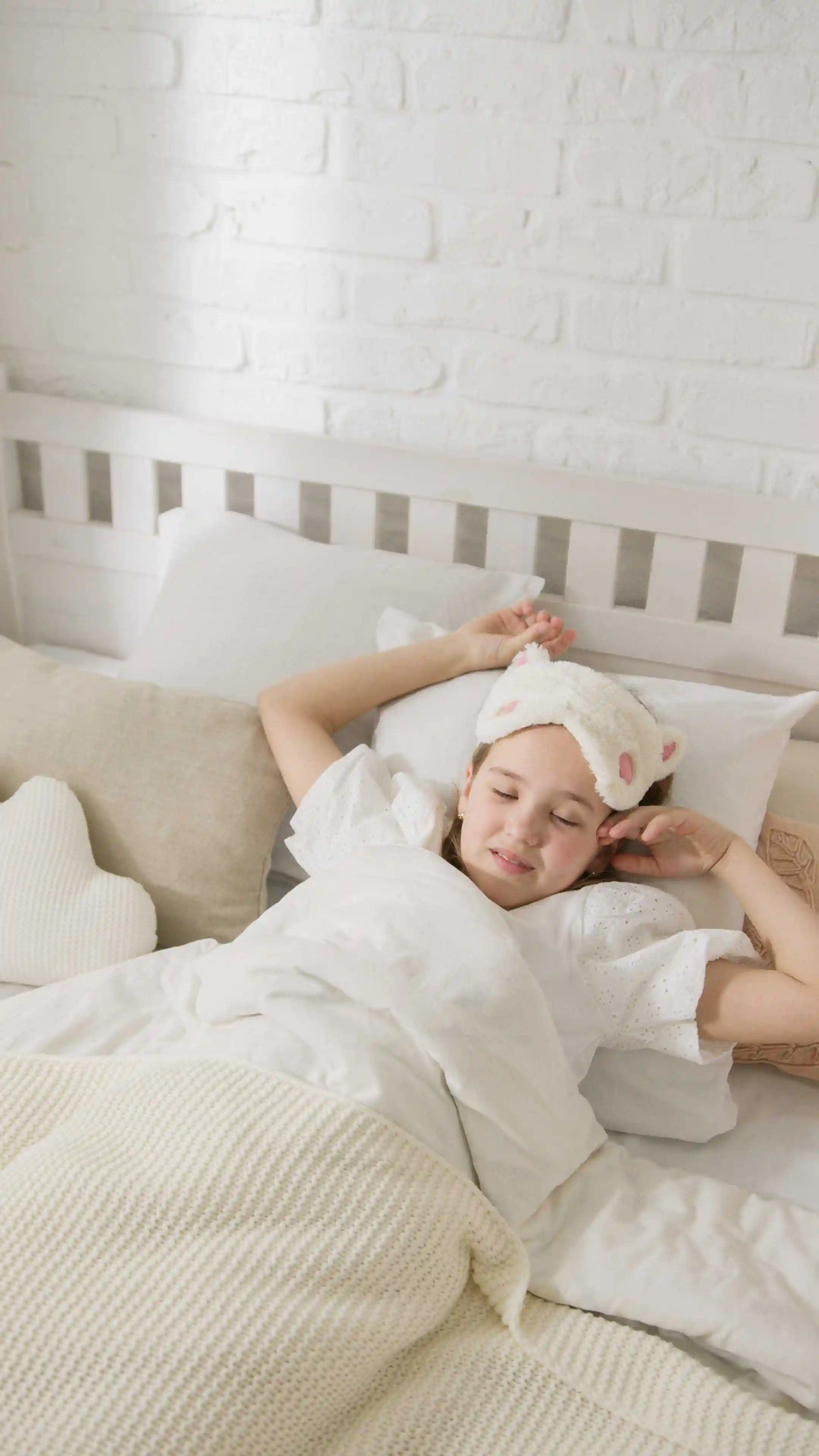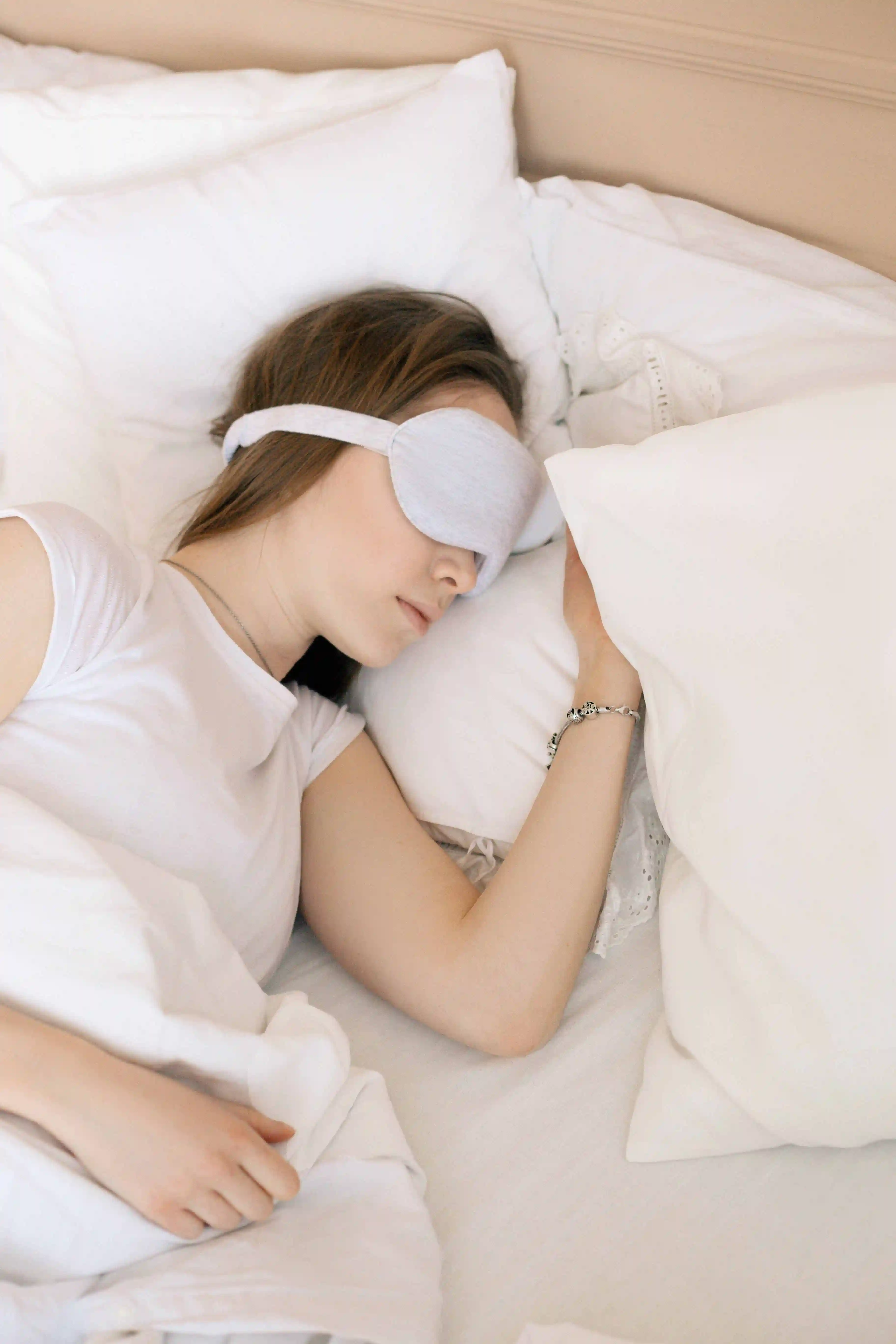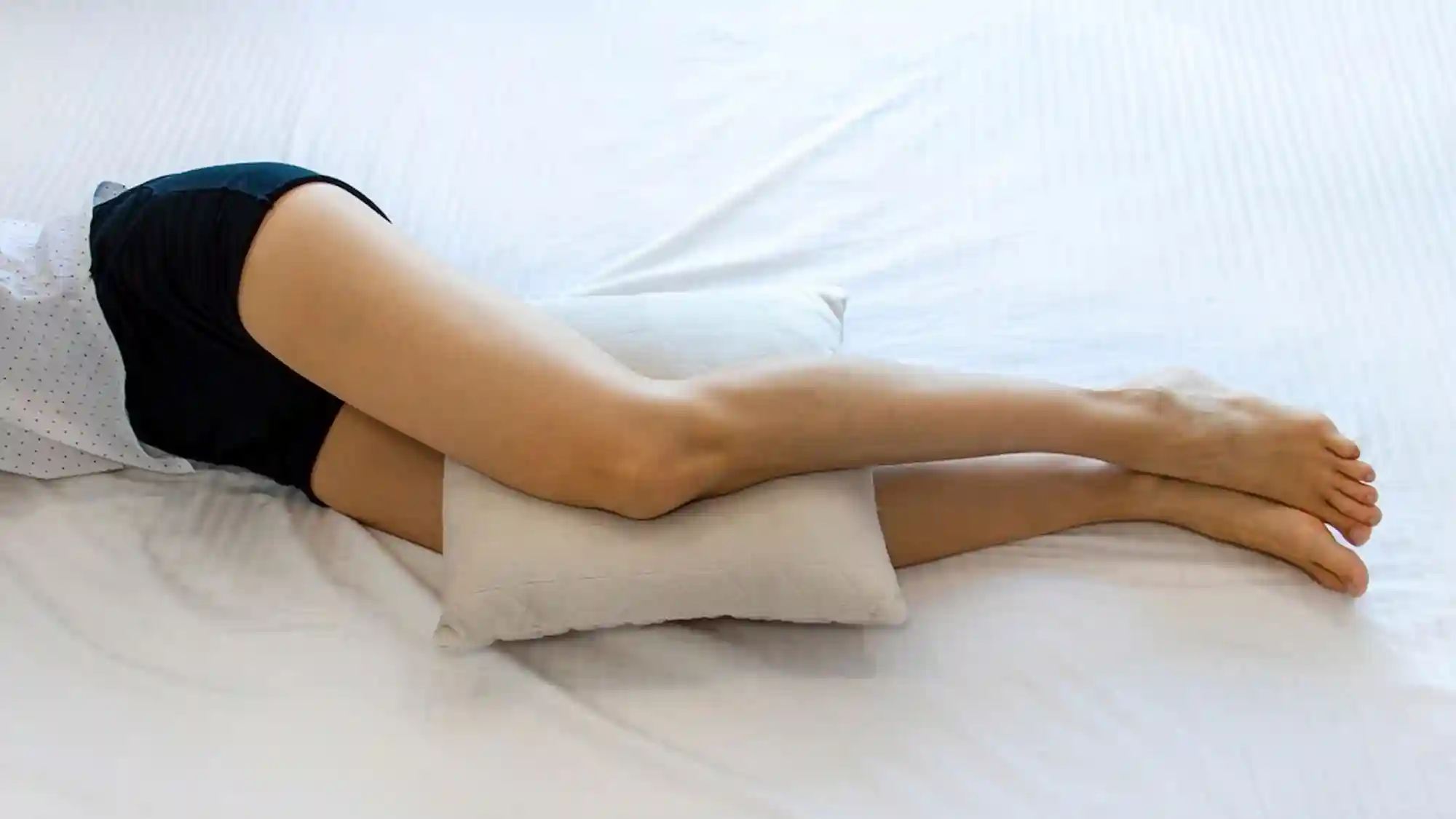


The ideal sleeping position promotes healthy spine alignment from your head to your hips.
The best sleep position depends on your individual health, but back or side sleeping is considered better than stomach sleeping.
Side sleeping is the most popular position as it may reduce snoring and heartburn and prevent back pain.
Sleeping on your back is the second most common position and is best for neck pain and nasal congestion.
During sleep, your body works to restore and repair itself.
Your sleep position can either help or hinder that process, depending on how effectively it supports the natural curvature of your spine.
It’s also common for people to wake up with brand new aches and pains in the morning, sometimes due to sleep position.
We spend a third of our lives asleep or resting, so it’s important to choose a sleep position that assists your body with physical recovery.
A proper sleep position can relieve stress on your spine, while an unhealthy position can increase pain or stiffness in the back, arms, or shoulders, all while contributing to lower-quality sleep.
The best sleep position is one that promotes healthy spinal alignment from your hips all the way to your head.
What that looks like for you depends on your personal health situation and what you find comfortable.
Having said that, there are some positions that are considered healthier than others specifically, sleeping on the side or back is considered more beneficial than sleeping on the stomach.
In either of these sleep positions, it’s easier to keep your spine supported and balanced, which relieves pressure on the spine and enables your muscles to relax and recover.
Different sleep positions provide different benefits that may be helpful for you if you’re dealing with back pain or a health condition. In these cases, it may be worth trying a new sleep position to enable more restful sleep.
In one study, a group of adults with back pain were trained to sleep on their back or their side. They experienced significant pain relief in just four weeks.
Adjusting to a new sleep position takes time. However, if sleeping on your stomach feels good to you, don’t feel forced to change it. You can minimize your risk of pain and improve spinal alignment with the right mattress and pillow.
More than 60% of people sleep on their side, with men spending more time on their sides each night than women.
As children, we split our nights by sleeping in all positions equally, but by adulthood, a clear preference for side sleeping emerges.
The flexibility of our spine decreases as we age, which may make the side sleeping position more comfortable for older adults.
Sleeping on your side offers several benefits. It promotes healthy spinal alignment and is the sleep position least likely to result in back pain, especially when supported with pillows. Side sleeping also may reduce heartburn and snoring, making it particularly beneficial for:

Experts recommend that those who are pregnant sleep on their side with the knees bent.
The side sleeping position relieves the pressure of a growing belly, enabling the heart to pump and blood to flow easily throughout the body. In particular, the left side is recommended because it prevents pressure on the liver and facilitates healthy blood flow to the fetus, uterus, kidneys, and heart.
If you feel discomfort sleeping on your left side during pregnancy, you can switch to the right side now and then to relieve pressure on the left hip. You can also relieve tension by placing pillows under the belly, between the legs, and at the small of the back.

The best sleeping position for is on your side with a pillow or blanket between the knees. Side sleeping can also relieve symptoms for those with neck or back pain.
Choose a pillow with a loft, or thickness that matches the distance between your neck and your shoulder.
With a thicker pillow, your neck will stay aligned with your spine as you sleep on your side, preventing pain and soreness while maintaining proper alignment.
The side sleeping position is not recommended for people with shoulder pain or people worried about wrinkles.
Side sleeping can lead to soreness or tightness in your shoulders, so it’s good to shift positions occasionally and use the most appropriate pillow and mattress. Ensure your mattress has enough “give” to allow your hips and shoulders to sink in deeper than your middle spine. Side sleeping can also contribute to facial wrinkles, since your face is pressed against the pillow, stretching and compressing the skin.
If you’re already a side sleeper and want to go for that gold star, opt to sleep on your left instead of your right side.
Sleeping on the right may increase pressure on your internal organs, which is why experts recommend the left for pregnant women and sleepers with acid reflux or Gastro Esophageal Reflux Disease (GERD). Sleeping on the right can also intensify symptoms of heartburn.
Sleeping in a way that’s less symmetrical can increase your risk of pain symptoms upon waking up, so use pillows to achieve a side sleeping position that aligns your spine from hips to your head. Put pillows on either side of your body to keep yourself in place, and place a small pillow between the knees to even out the hips.